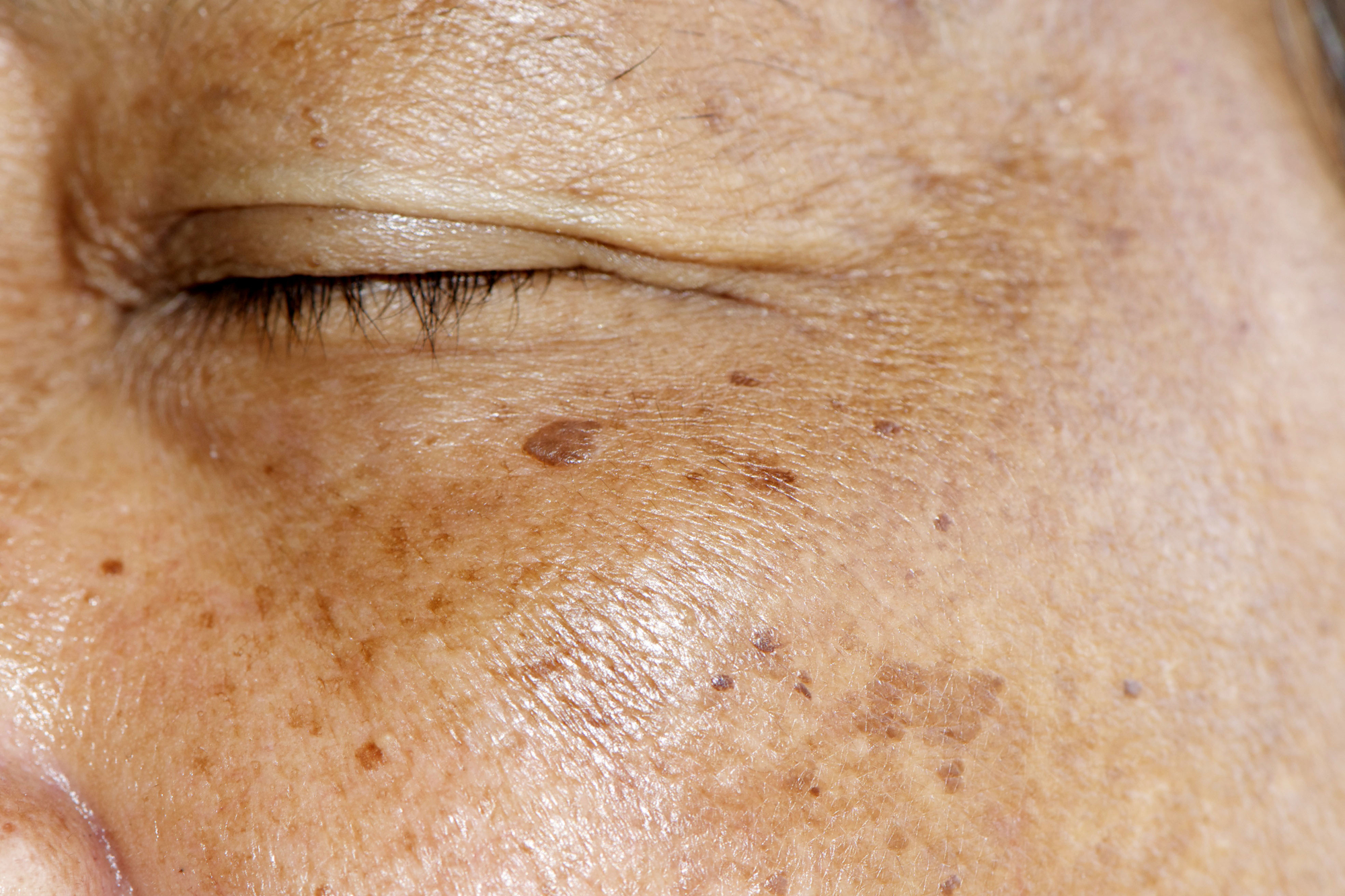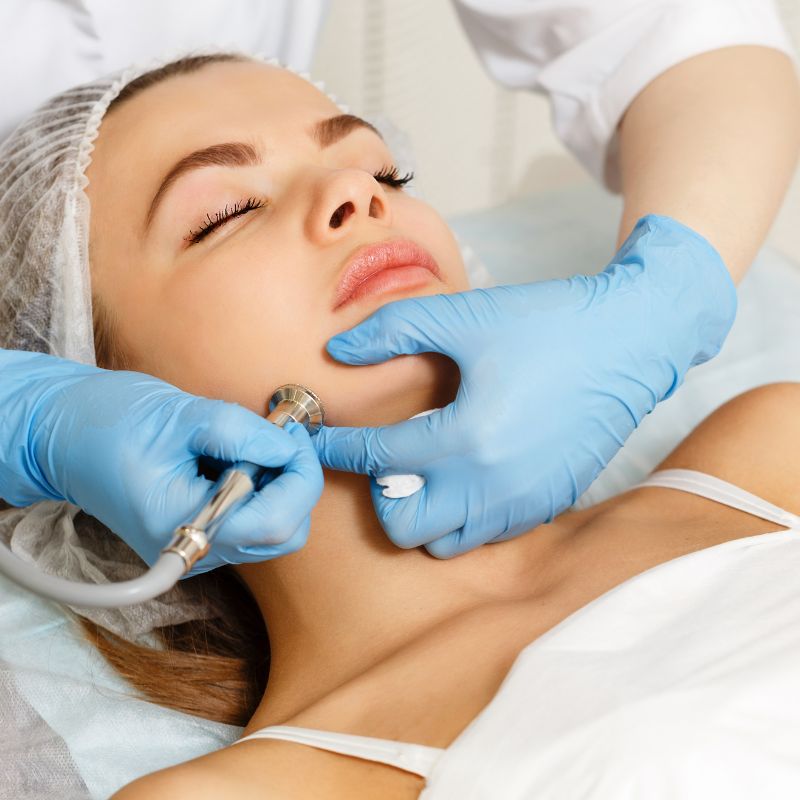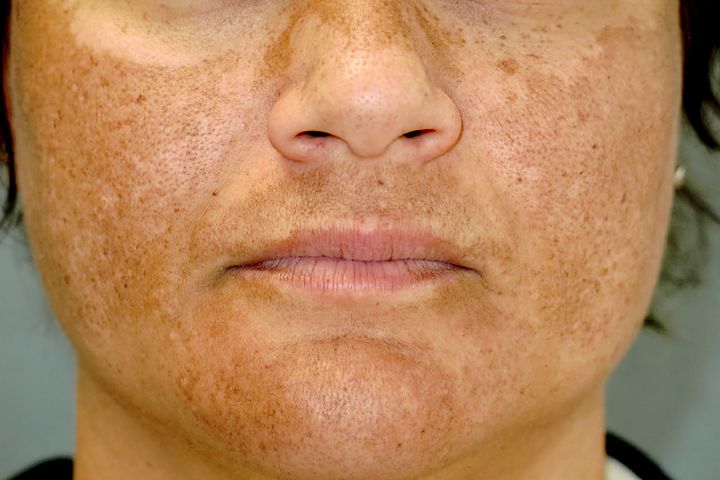Crucial Skin Pigmentation Treatment Tips from Dermatologists
Crucial Skin Pigmentation Treatment Tips from Dermatologists
Blog Article
The Ultimate Solution for Persistent Skin Coloring Problems Disclosed
Skin pigmentation issues can be a source of disappointment for lots of people, frequently verifying to be immune to conventional treatments. The essential lies in recognizing the origin triggers of skin discoloration and applying a detailed plan that not just addresses existing pigmentation however additionally prevents its recurrence.
Understanding Skin Coloring Causes
Skin pigmentation is an intricate process affected by various inner and external aspects that contribute to the development of dark spots or patches on the skin. The primary reason of skin pigmentation is the overproduction of melanin, the pigment in charge of hair, eye, and skin color. This overflow can be caused by factors such as sun direct exposure, hormone changes, inflammation, and skin injuries.
Sunlight direct exposure is among the leading root causes of skin coloring, as UV rays stimulate melanocytes to create even more melanin, leading to sun tanning or the formation of dark places. Hormonal modifications, particularly throughout maternity or because of hormone conditions, can likewise result in skin coloring problems like melasma or chloasma. Swelling triggered by conditions like acne or eczema can activate post-inflammatory hyperpigmentation, leaving stubborn dark marks on the skin.
Recognizing these causes is vital in establishing efficient therapies for skin pigmentation concerns. By dealing with the hidden aspects that contribute to melanin manufacturing, targeted skincare routines, professional therapies, and way of living modifications can aid decrease and manage skin coloring issues.
Topical Therapies for Hyperpigmentation
Having established the underlying root causes of skin pigmentation, it is crucial to explore effective topical treatments for attending to hyperpigmentation worries. Topical treatments are a prominent choice for taking care of hyperpigmentation as they can target particular locations and are typically simple to incorporate into skincare regimens. Among the most common components in topical therapies for hyperpigmentation is hydroquinone, which works by inhibiting the enzyme responsible for melanin manufacturing. However, hydroquinone may not appropriate for all skin types and can trigger irritability in some people.
Other effective topical therapies for hyperpigmentation include kojic acid, which is stemmed from fungi and can help lighten dark areas by hindering melanin production. Vitamin C is additionally a popular selection because of its brightening residential or commercial properties and ability to level skin tone. Furthermore, components such as retinoids and niacinamide can help enhance skin structure and decrease the appearance of pigmentation in time.
When using topical treatments for hyperpigmentation, it is vital to use sun block daily to stop more darkening of the skin and to talk to a skin doctor to identify one of the most appropriate therapy for private skin issues. (Skin Pigmentation Treatment)
Expert Procedures for Coloring Improvement
Specialist skin specialists commonly suggest a range of sophisticated procedures for correcting skin coloring concerns. One typical specialist therapy is laser therapy, which targets pigmented areas with high-intensity light to break down melanin and decrease hyperpigmentation. One more reliable treatment is chemical peels, where a chemical solution is related to the skin to scrub the outer layer, exposing new, uniformly pigmented skin beneath. Microdermabrasion is a non-invasive treatment that makes use of a minimally rough instrument to delicately sand the skin, enhancing overall appearance and lowering coloring irregularities.
For more severe instances of coloring, dermatologists may suggest extreme pulsed light (IPL) therapy, which targets melanin with broad-spectrum light to discolor dark spots progressively. It is essential to seek advice from with a qualified dermatologist to figure out the most ideal therapy choice based on specific skin type and coloring problems.


Way Of Living Modifications to Battle Skin Discoloration
Including nutritional modifications and sun protection methods can considerably aid in attending to skin staining problems. A diet regimen abundant in minerals, antioxidants, and vitamins can assist enhance total skin health and reduce pigmentation concerns. Foods like berries, citrus fruits, leafed eco-friendlies, and nuts can give important nutrients that support skin regeneration and battle oxidative anxiety, which can add to skin discoloration. Staying hydrated by consuming an ample quantity of water daily can additionally promote skin health and aid in maintaining an also skin tone.
Sun security is essential in stopping more skin discoloration. UV rays can aggravate coloring problems and increase the risk of creating dark spots. Including daily usage of sun block with a high SPF, using protective garments, and seeking shade during peak sunlight hours can help secure the skin from dangerous UV radiation. In addition, staying clear of too much sunlight direct exposure and tanning beds can assist in avoiding brand-new pigmentation issues from arising. By making these lifestyle modifications, individuals can take proactive steps in the direction of combating skin staining and advertising a healthier skin tone.
Upkeep Tips for Long-Term Pigmentation Control
To make sure continual administration of skin discoloration, carrying out consistent skin care routines along with dietary changes and sun protection practices is essential. Uniformity is crucial in preserving long-lasting control over pigmentation concerns. To start with, proceed utilizing products that target coloring, such as serums having components like vitamin C, niacinamide, or kojic acid, to inhibit melanin production and discolor existing discoloration. Normal peeling with gentle scrubs or chemical exfoliants can assist dismiss dead skin cells, permitting much better infiltration of treatment items. Furthermore, integrating a day-to-day sunscreen with a high SPF is vital to stop further pigmentation brought on by UV exposure. Bear in mind to reapply sunscreen throughout the day, particularly if outdoors. Preserving a healthy and balanced diet regimen abundant in vitamins, anti-oxidants, and minerals can support skin wellness and general pigmentation control. Hydration is also necessary for skin renewal and regrowth. By adhering to these maintenance suggestions diligently, people can properly take care of persistent skin coloring over time.

Final Thought
To conclude, resolving skin pigmentation needs a multifaceted method involving understanding the causes, utilizing topical therapies, undertaking specialist treatments, making way of living modifications, and maintaining lasting control. By integrating these approaches, individuals can effectively fight persistent skin staining problems and attain a more even and you could try these out glowing skin.
Skin pigmentation is a complicated procedure affected by different internal and external variables that add to the development of dark areas or spots on the skin. The primary cause of skin coloring is the overflow of melanin, the pigment accountable for skin, hair, and eye color. Another efficient procedure is chemical peels, her response where a chemical solution is used to the skin to exfoliate the external layer, exposing new, equally colored skin underneath (Skin Pigmentation Treatment). Foods like Homepage berries, citrus fruits, leafy eco-friendlies, and nuts can provide essential nutrients that sustain skin regrowth and fight oxidative tension, which can contribute to skin discoloration. Staying moisturized by consuming an appropriate amount of water daily can likewise advertise skin wellness and aid in maintaining an even skin tone
Report this page